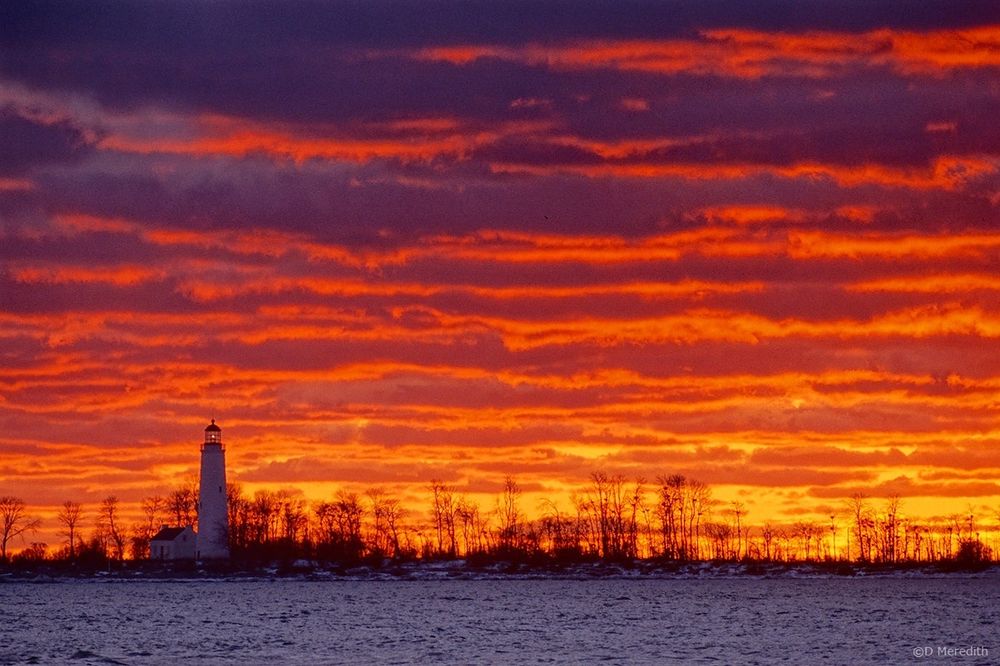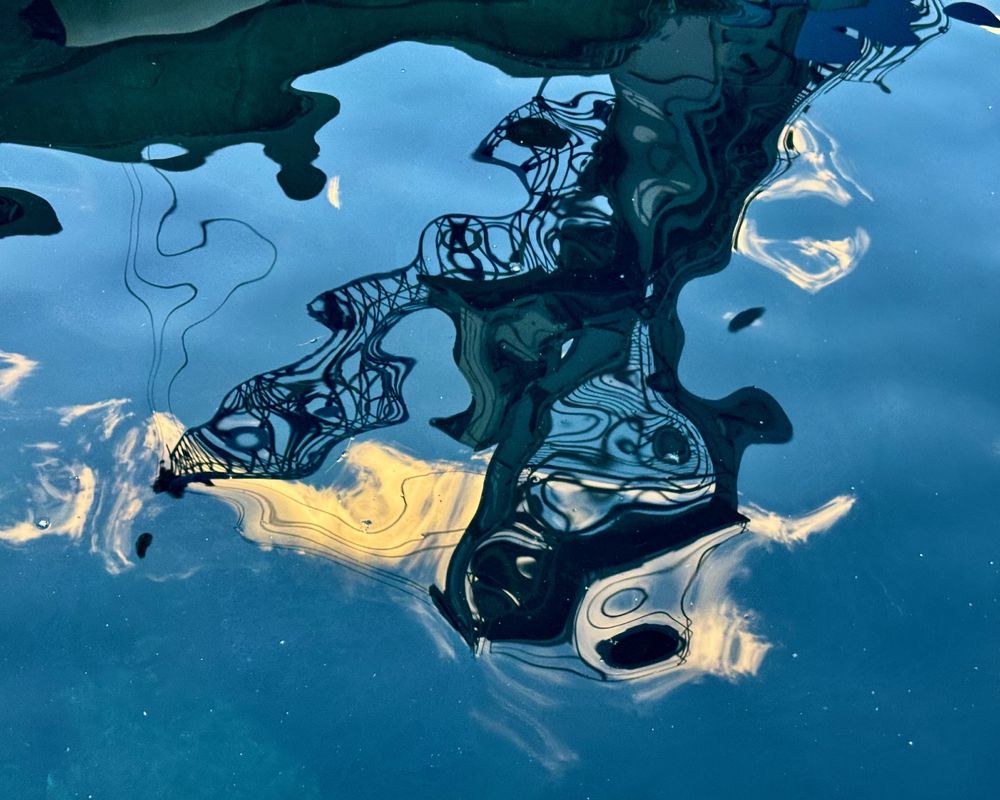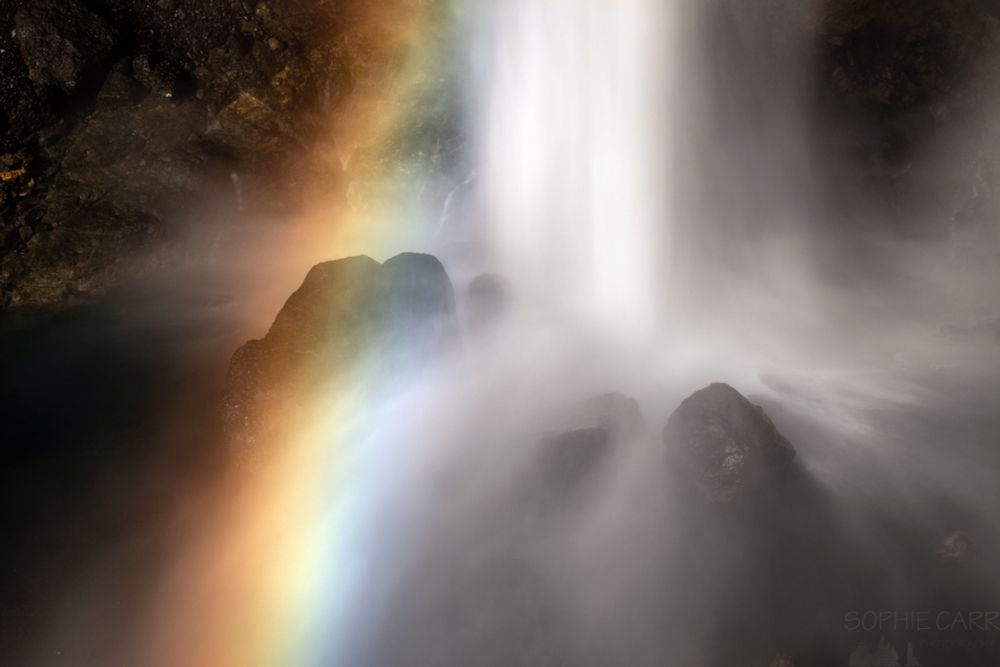
Author of “Out of the Blue, A 24-hour Skywatcher’s Guide”, “Now Hear This, A Book About Sound” & "The Riddle of the Rainbow"




#stormhour #photohour #rainbow

With me in the center! Because...the rainbow's geometric center is precisely opposite the sun relative to my position, which is where the shadow falls.


#EastCoastKin #PhotoHour #StormHour #photography #landscape #clouds




#sharemondays2025 #fsprintmonday #stormhour #blueskymonday #thephotohour #eastcoastkin #photographersofbluesky #photography #artyear #smArtist #abstract #abstractart

Royal Institution Science | Royal Society



So here's a gorgeous picture of the moon and a rainbow (not mine) because it sums my feelings pretty well and I don't have the words...
I love you and thank you 🌈🌛

thonyc.wordpress.com/2025/07/30/f...


#ottawa #gatineau #photography #weather #stormhour #shareyourweather #skywatcher #photographie






